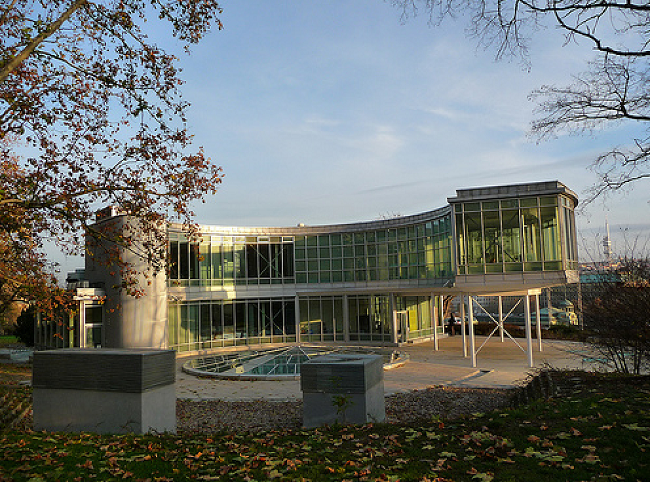
Thirty years ago, the Brussels Pavilion in Prague burned down
 |
Prague – For more than three decades, the Brussels Pavilion was one of the dominant features of the Prague Exhibition Grounds until it was destroyed by fire on October 25, 1991. The work of architects František Cubr, Josef Hrubý, and Zdeněk Pokorný ended sadly; it hosted the Czechoslovak exhibition at the famous Expo 58 in Brussels in 1958 and from 1960 primarily served for a number of short-term exhibitions. During the General Czechoslovak Exhibition in 1991, for example, a moonstone was displayed in its premises.
The cause of the fire was negligence in the use of an electrical appliance. The damage amounted to 84 million crowns, according to other sources, 40 million CZK.
The building, like the entire Czechoslovak exhibition in Brussels, was at the time of its creation evidence that even during the years behind the Iron Curtain, Czechoslovak culture and industry did not lose contact with the world. The pavilion had a strict geometric layout on the outside, but inside, the architecture receded into the background to highlight the carefully prepared exhibition. Today, however, the concept of the building can only be perceived through films or photographs, as the remains of the building located at the northern edge of the Exhibition Grounds had to be demolished after the fire.
The Brussels Pavilion was not the only building that suffered from fire at the Exhibition Grounds after 1989. In 2002, the children's pavilion, which served as a storage area, also succumbed to fire, and in 2005, the Globe Theatre burned down. The wooden replica of the Elizabethan theater built in 1999 was completely destroyed by fire. The largest damage was then caused by the fire in the Art Nouveau Industrial Palace, the dominant feature of the complex, in October 2008.
The English translation is powered by AI tool. Switch to Czech to view the original text source.
0 comments
add comment
Related articles
0
07.11.2021 | The Expo 58 building has become the headquarters of the auction house
0
13.09.2018 | Designblok will open the former Expo 58 restaurant
0
24.10.2016 | 25 years ago, the Prague exhibition grounds lost the Brussels Pavilion
0
29.05.2008 | This Saturday, the former restaurant Praha Expo 58 will open to the public











